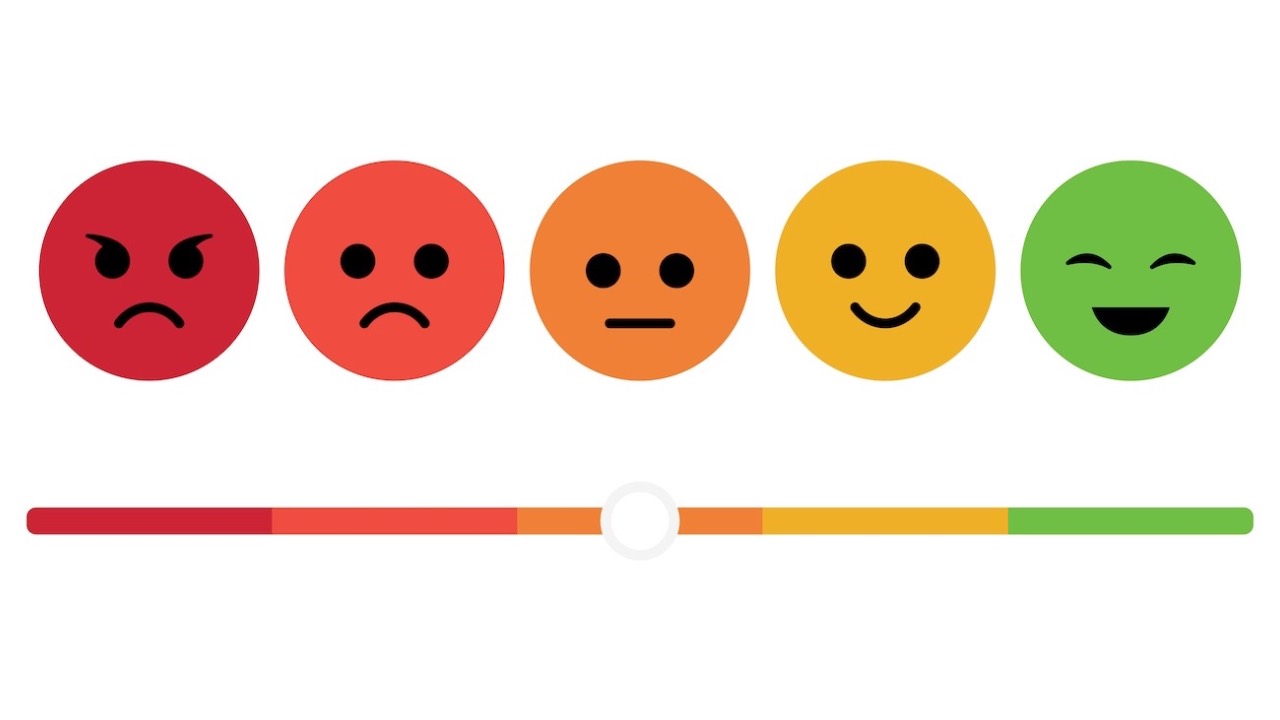Busy or Effective? The Truth About Prioritization
Dear Reader,
Welcome to this week’s edition of Career Catalyst.
Many professionals are incessantly busy—jumping from meetings to emails, to actions lists, and back. Amidst all this activity, one critical question often goes unasked:
“What are you actually trying to achieve?”
There’s a difference between being busy and being effective. In this edition, I’ll share a personal experience that highlights the illusion of productivity—and how shifting from endless task management to meaningful prioritization can lead to material progress.
A True Story From My Career
It was 2014 and as we approached the final ten minutes of a two-hour conference call, I could hear more and more of the 40 attendees hanging up. On and on — the meeting facilitator shouting to be heard over the metallic robotic voice announcing that "John has left the meeting", "Sudip has left the meeting".
I soon joined the rush to the exit and hung-up. Conflicted by feelings of guilt but also relief.
This was a call brainstorming ways to improve employee engagement across our firm. It was a global free-for-all, with people eager to contribute, to be heard, to take the spotlight.
The unfortunate aftermath? A day later, the meeting minutes arrived—with over 80 action items. One month later, a few minor items had been crossed off the list, none of which made any material difference.
The ultimate truth is—being busy in meetings and collecting action points won’t move the employee engagement score, or anything else.
The Problem: Mistaking Motion for Progress
This experience isn’t unique. Many professionals find themselves caught in a energy-sapping cycle of meetings, action points, and packed to-do lists—without making material progress.
It’s easy to feel productive when your calendar is full and your inbox is flooded. But activity doesn’t always mean achievement.
Common Productivity Traps
Here are some of the biggest traps professionals fall into when they focus on busyness rather than impact:
❌ The Endless To-Do List: Feeling accomplished simply because you checked off multiple low-value tasks.
❌ The Meeting Spiral: Attending back-to-back meetings but walking away without clear next steps or meaningful outcomes.
❌ The Reactive Workday: Spending all your time answering emails and putting out fires, never getting to the strategic work that actually moves you forward.
❌ The "More is Better" Myth: Believing that the more actions you take, the more successful you will be—without questioning if those actions are the right ones.
Shifting from Tasks to Meaningful Goals
The challenge is that most tasks exist in isolation, disconnected from a bigger goal. Without a clear destination, we mistake movement for achievement.
The shift starts with setting meaningful, inspiring goals—ones that provide clarity and focus. Only when you define what truly matters, you can align every action toward achieving it.
How to Set Meaningful Goals
🔹 Start with the End in Mind: Ask yourself, “What outcome am I actually trying to achieve?” Work backward from that vision.
🔹 Use the 80/20 Rule: Focus on the 20% of tasks that drive 80% of the results. Not everything on your list deserves your attention.
🔹 Measure Progress, Not Just Completion: A full to-do list doesn’t mean success. Define progress in a way that aligns with long-term impact.
How to Prioritize : Covey’s 2x2 Matrix
The Time Management Matrix created by Steven Covey, author of The Seven Habits of Highly Effective People, offers a simple but powerful way to categorize tasks.

Some people firefight in the Urgent & Important quadrant.
But Not Urgent & Important is where you want to be. This is where long-term success is built.
Stay away from all Not Important actions by delegating or ignoring them.
How to Apply This to Your Workday?
✅ Identify high-impact actions – Not everything needs to be done. Focus on what truly moves the needle.
✅ Use time blocking – Schedule uninterrupted time to focus on strategic, non-urgent work.
✅ Learn to say no – If an action doesn’t contribute to your core goal, question whether it needs to be done at all.
Final Thought
The most effective professionals aren’t the busiest—they’re the most focused. They understand that success doesn’t come from checking off endless tasks—it comes from making real progress on what matters.
If you often feel overwhelmed by busyness but underwhelmed by real progress, it may be time to rethink how you prioritize. Try taking a step back this week and audit your task list. Which items are truly moving you forward, and which are just filling time?
Thanks for reading. If you have an interesting insight feel free to share it in the comments section.
If this newsletter has been forwarded to you, and you’d like to receive future editions directly, you can subscribe here on my website.
I’d love to have you join the Career Catalyst community.






Responses